Granada Grandeur,
Celebrating 100 Years
Mighty Milestone Centennial Festival Weekend
Includes the Santa Barbara Debut of the
Ambitious Pacific Jazz Orchestra
By Josef Woodard | April 11, 2024
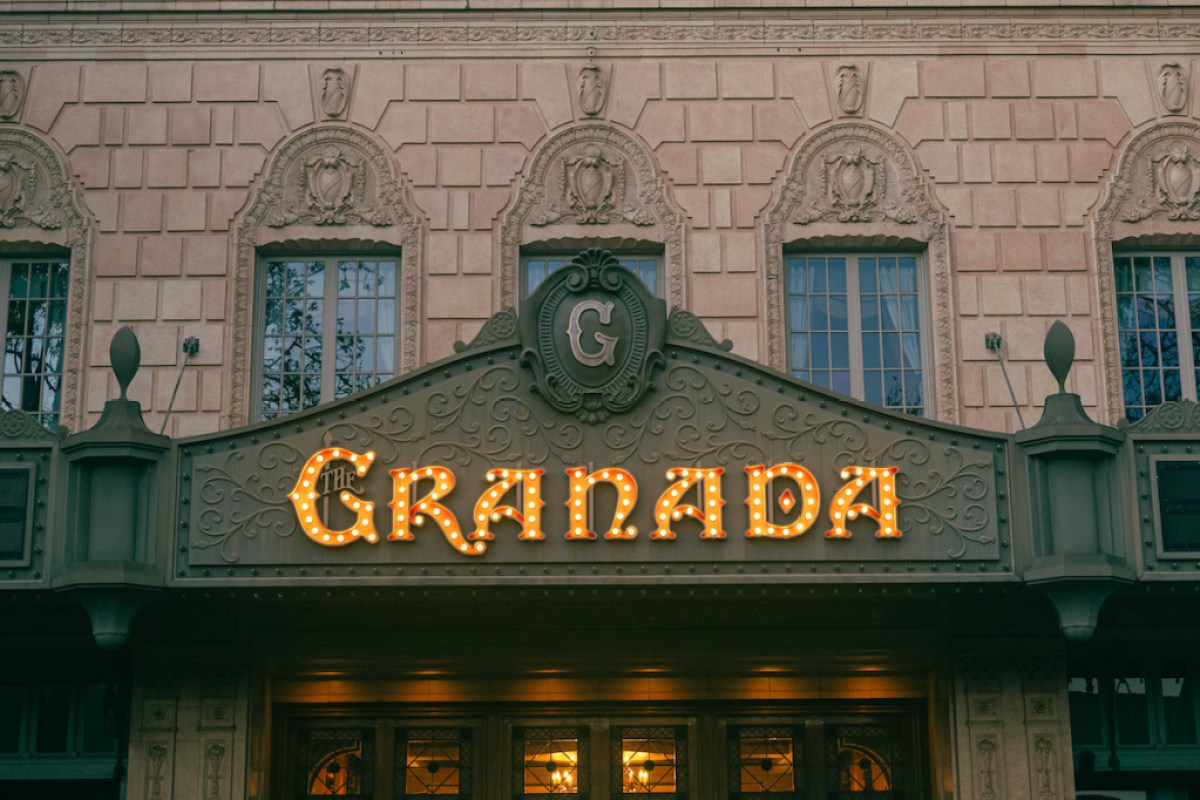
‘Tis the season for Santa Barbara’s historic venues attaining major milestone status. Last year, the Lobero Theatre chalked up its 150th year in operation — and was duly anointed by Architectural Digest as one of the world’s “most beautiful theaters.” As of this weekend, the landmark Granada Theatre — anchored in the heart of downtown Santa Barbara — officially crosses the 100-year mark. (The Arlington Theatre is the young upstart, having to wait until 2031 for its centennial.)
Granada-centric celebrations and nostalgic ruminations are in order. As for official celebrations, the Granada Centennial Festival Weekend, April 12-14, brings a three-night variety show into the hallowed room, reflecting the diverse swath of cultural programming passing through these storied walls. Time being a critical point of focus during this anniversary year, a past/present/future theme presides over the three-night festival, with a clever time-tied pricing scheme attached: $19.24 for Friday, $20.24 on Saturday, and $21.24 for Sunday.
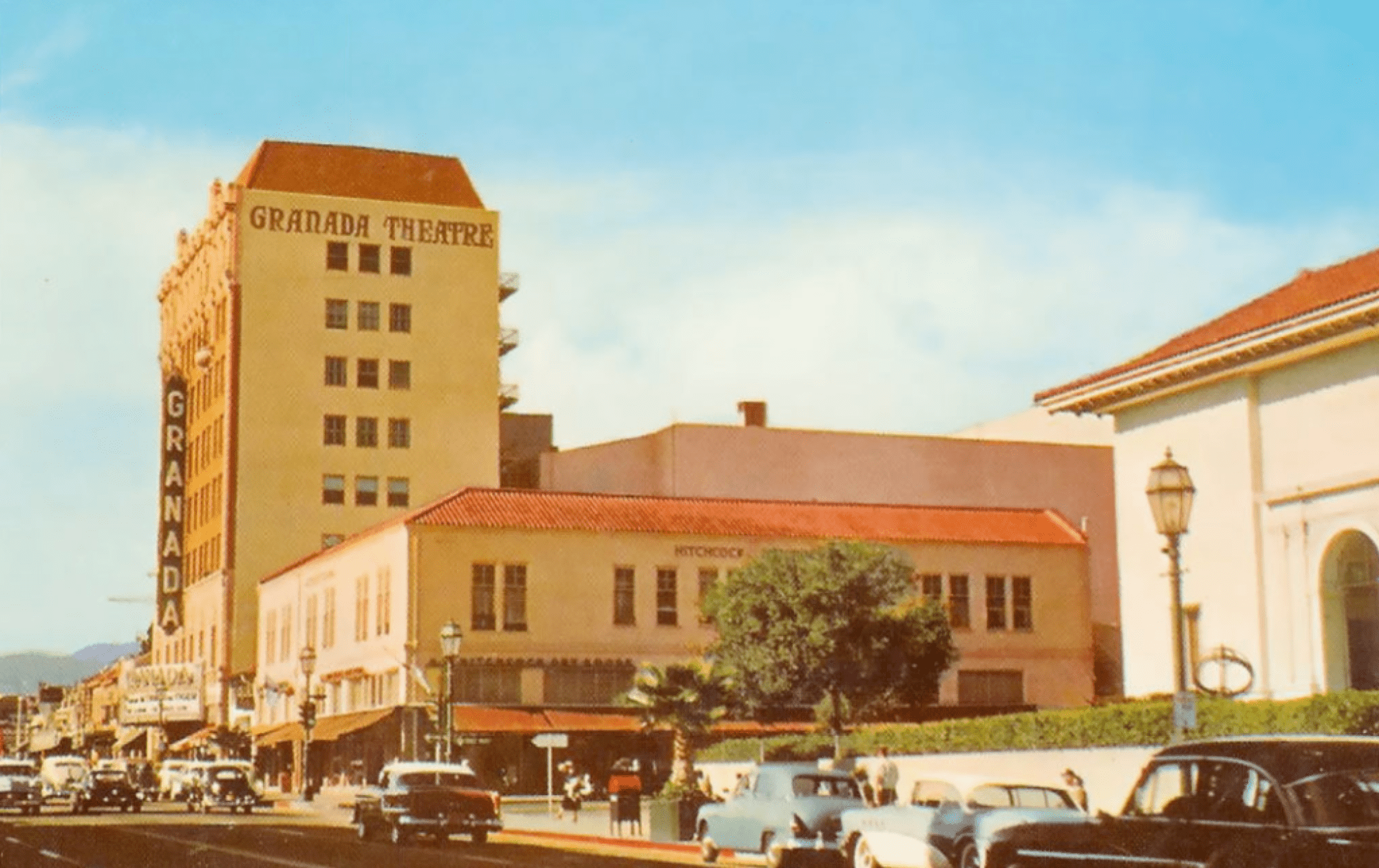
A driving force behind the centennial plans is Jill Seltzer, Vice President of Advancement at the Granada. “We’re all excited to see our Granada Theatre reach its 100th anniversary,” she said. “There’s no better way to commemorate this milestone than by celebrating it with the Santa Barbara community who has supported the theater for many generations. We can’t wait to celebrate with the residents and the performers, who all will be part of something so special and memorable.” She added that the ample financial support of donors “is going a long way in helping us convey an important message of this Centennial Year — ‘This is your Granada.’
“Our theater and its history are truly remarkable. That’s why it was so important to plan and create centennial festivities that would showcase the theater’s ability to adapt, adjust, and evolve through generations. There’s no better way to do that than by looking at its past, present, and future and incorporating that into our event planning.”
Friday night belongs to screenings of films which actually premiered, with due fanfare, in this theater — Buster Keaton’s 1924 silent film Sherlock Jr. and the 1977-vintage Star Wars: A New Hope. A keynote concert hits the stage on Saturday, with the local debut of the ambitious new Los Angeles–based Pacific Jazz Orchestra, with singers Katharine McPhee (of American Idol fame), jazz/R&B singer Billy Valentine, song stylist Sheléa, and vocalist Adam “Aejaye” Jackson in tow.
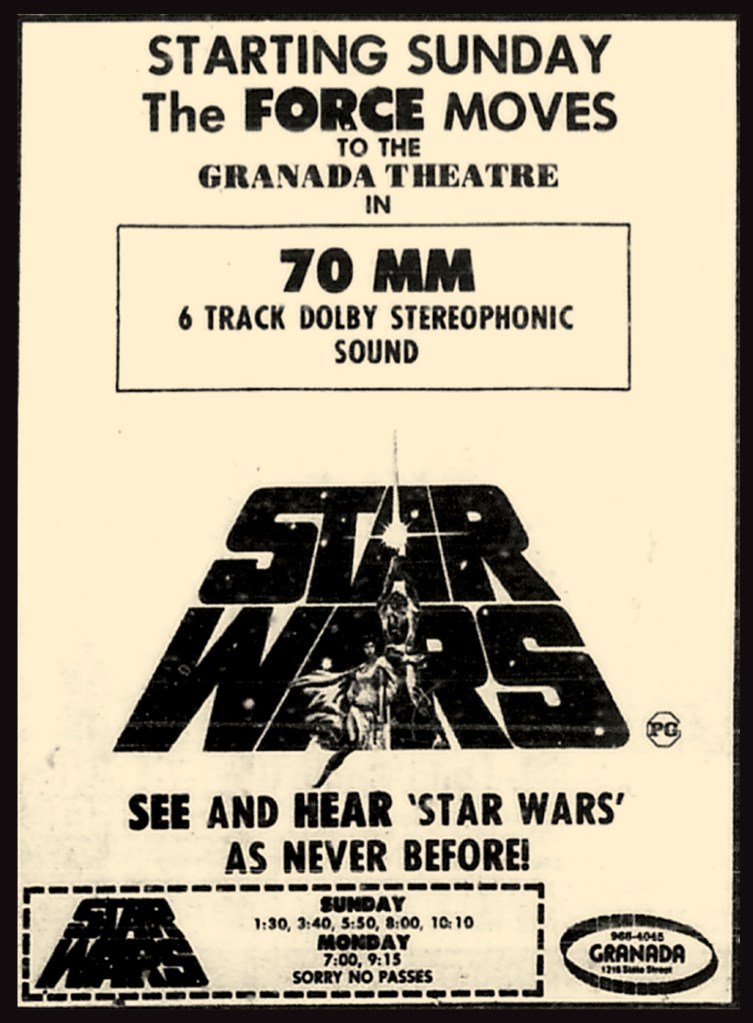
Sunday night belongs to locally based artists Hunter Hawkins, Jackson Gillies, and Rachel La Commare, an affair hosted by Santa Barbara’s beloved newsman/raconteur John Palminteri. Seltzer commented that, “given the theater’s deeply woven history with the Santa Barbara community, we wanted to salute Santa Barbara’s homegrown talent. We also invited the Dos Pueblos, San Marcos, and Santa Barbara high schools to perform and provide a sneak peek of their upcoming spring musicals.”
Partying continues after the Sunday show, taking it to the street (to quote Santa Barbaran Michael McDonald) for a block party fortified with live music by Spencer the Gardener.
As for nostalgic ruminations, these can range from objective historical facts to subjective memories.
Last week, as part of the overall scheme of the centennial festivities, the theater rightfully toasted itself and its legacy with a new, polished half-hour documentary The Granada:
Celebrating 100 Years of the Arts in Santa Barbara, directed by April Wright. While the second half of the film focuses on the major restoration project early in this century, it casts fascinating light on the auspicious birthing process and waves of history in the early 20th century.
The eight-story Granada building remains Santa Barbara’s only “high-rise,” from a period before the 1925 earthquake gave way to stricter architectural guidelines governing the uniform Spanish Colonial Revival style downtown. The design by Los Angeles–based architect AB Rosenthal incorporates a mix of Spanish-Moorish influence originating in Granada, Spain, and the Alhambra.
As Granada lore has it, local builder Charles M. Urton had a certain grit and determination in taking on this epic task, sending away for books instructing him how to build a high rise. In the film, his granddaughter Marcia comments, “When you’ve never done steel-reinforced concrete and you send away for books to tell him how to do that, that tells you what kind of a person he was.”


[Click to enlarge] The Granada Theatre building as it’s evolved over the years, from the first picture in 1924 (left) to a current photo (right) | Credit: Courtesy
The Granada’s grand opening in 1924 featured a screening of the silent film Mademoiselle Midnight, starring Mae Murray, and in keeping with the practice of added onstage attractions in major movie houses of the day, the evening also boasted a 25-piece orchestra, a Wurlitzer theater organ, and Theodore Kosloff’s Ballet performing “A Legion of Old Spain.” As film historian Ross Melnick asserts in the film, opening night “had all the trapping of a major civic event.”
A year later, the devastating 1925 earthquake destroyed much of Santa Barbara’s architecture, but the Granada was one of the few buildings that withstood the disaster. As a point of pride of craftsmanship in his steel-reinforced edifice, Urton hung a large sign from the top floor of the building reading “built by Charles Urton,” along with his phone number.
The Granada’s legend and legacy quickly grew, bringing celebrities, performing arts events, and film premieres to its embracing space. The late 1920s ushered in the “talkies” era, with installation of proto-sound systems Vitaphone and Movietone, and Warner Brothers scooped up the theater, adding its imprimatur to the face of the building and its marquee. Later, 3-D films entered the picture, a move to bring television-tethered audiences back to the movies, with such titles as Bwana Devil and House of Wax, and CinemaScope later added further dimension to the moviegoing experience.
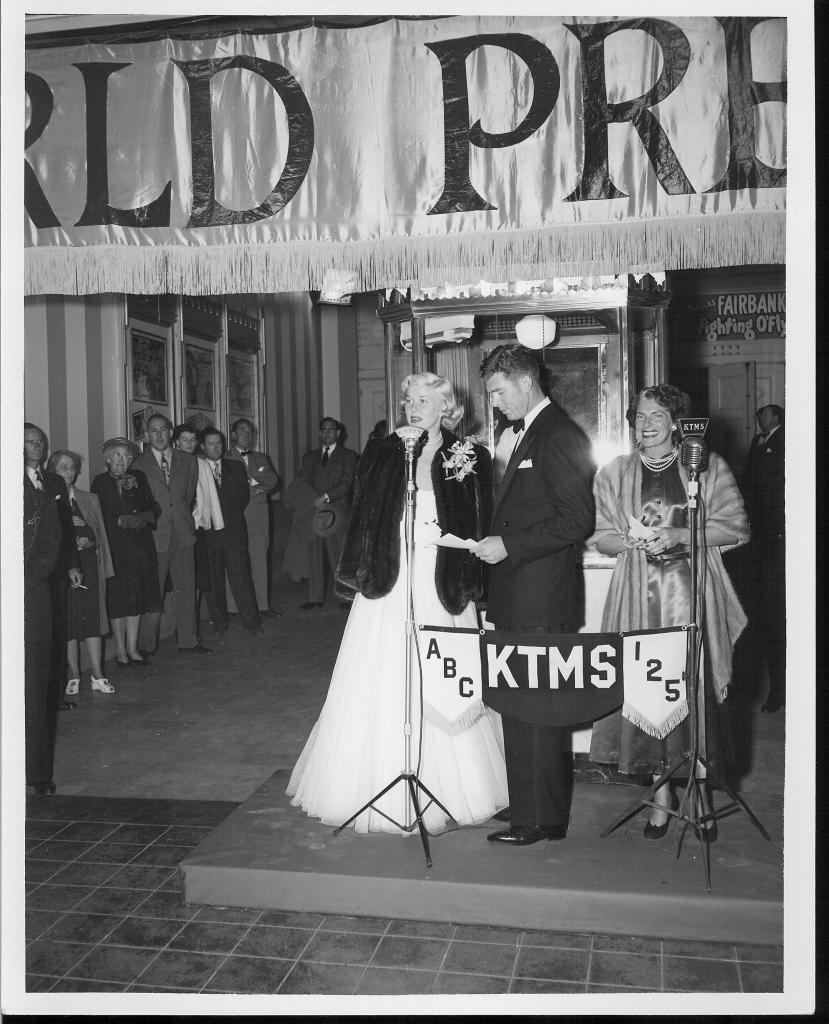
Official premieres, including the Doris Day lark My Dream Is Yours, brought glitz to the Granada, while the theater also became an out-of-town “test site” for movies via sneak previews from Hollywood. The Granada saga continued, through ups and downs over the decades.
Personally, my passionate engagement with the Granada began half its life ago. In the mid-’70s, I was an avid teenage concertgoer catching lastingly memorable shows by artists such as Van Morrison, Mahavishnu Orchestra (with the shorn, white-clad guitar mega-hero John McLaughlin and his double-neck guitar), Steve Miller, Return to Forever, and Fleetwood Mac (the pre-Buckingham/Nicks model, with Bob Welch).
The theater underwent various structural, usage, and identity changes through subsequent years, including having its balcony walled off to create a mini-movieplex, and was later used as home to the Civic Light Opera. The major renovation and rebirth of the space as a performing arts center came thanks to a $52 million, five-year restoration/renovation project, spearheaded by Susan Gulbransen and Joan Rutkowski and generously endowed and supported by the late philanthropist Michael Towbes and his wife Anne.
The challenges and scope of the major restoration, logistically and financially, exceeded early expectations. But as avid local philanthropist Sara Miller McCune said in the new Granada documentary, during the drawn-out process, “there was never a time we ever believed we would fail. All we said, to ourselves, was, ‘They don’t know Santa Barbara.’ ”
The year 2008 saw the grand unveiling and reopening of the dramatically overhauled, 1,550-seat theater, moving into the future while heeding historic preservationist objectives. The Granada has since taken the reins as Santa Barbara’s official orchestra hall, put to good use by the Santa Barbara Symphony, CAMA’s “International Series,” Opera Santa Barbara’s grander operatic ventures, State Street Ballet, programs in UCSB’s Arts & Lectures series, and more.
Of the extensive facelift of the facility, Seltzer boasts that “the major restoration of the Granada, which both restored the venue to its original grandeur while also installing state-of-the-art theater technology, has made it the venue of choice for both local performing arts organizations as well as producers interested in using a house with the Granada’s audience capacity and stellar acoustics. And the upgrading of the venue doesn’t stop. Just within the past three years, a brand-new sound system custom-designed for the Granada by Allen Sides has been installed.”
This performing arts center is performing beautifully and has become an important foundational piece of Santa Barbara’s cultural puzzle. That fact hit home recently when a flooding incident caused by errant sprinklers kept the theater dark for more than a month. Presenters scrambled for alternative venues, and Granada-goers felt a certain vacuum, making the return of events here — such as the baby boomer lovefest with Jefferson Starship and the Marshall Tucker Band on March 3 — all the more appreciated.
As Seltzer described, “Our beloved theater faced water damage caused by a fire sprinkler mishap due to human error. Luckily, the damage was confined to the stage. The silver lining of the situation actually allowed us to improve the surface of the stage. This situation also reminded us all of the incredible resilience of the theater to survive and withstand changes.”
Although this weekend represents the official birthday celebration for the landmark theater, Seltzer noted that “over the course of the year, we intend to continue celebrating our centennial year with great performances and shows. We’re still working on ironing out the final details, but we have a lot more exciting things to come.”
Despite the leading band being Pacific Jazz Orchestra (PJO), the Saturday-night soiree at the Granada will be a genre-blending menu of jazz, R&B, pop, and Broadway tunes (which, of course, have a natural familial relationship with the jazz standards book). Topping the guest lineup with the group is famed singer/actress (and spouse of music icon David Foster) McPhee, whose star began rising with her runner-up win in the 2006 American Idol sweepstakes, with hits in her future: her song “Terrified” has racked up 110 million hits on Spotify. In actress mode, she appeared on TV’s Smash and Scorpion, and made her Broadway debut in Waitress.
Los Angeles–based, veteran jazz and R&B singer Billy Valentine also makes an appearance with the PJO. His varied history and approach to genre, sometimes compared to Marvin Gaye and Curtis Mayfield, can be detected in his Reagan-era protest hit “Money’s Too Tight (to Mention),” in his sibling-fueled band the Valentine Brothers, and now on his recent project, the Universal Truth. That group’s 2023 album opens with “We the People Who Are Darker than Blue,” featuring a cameo by young lion alto saxist Immanuel Wilkins. The jazz connection continues on recently released tracks such as “Lady Day and John Coltrane,” cut with notable jazz/studio musicians bassist Pino Palladino, keyboardist Larry Goldings, and guitarist Jeff Parker.
Wait, there’s more. The singer-songwriter-keyboardist known as Sheléa (born Sheléa Frazier) finds her own path through pop, R&B, and jazz, in a style owing something to her mentorship relationships with Stevie Wonder and Quincy Jones. Adding old-school jazz-blues energy to the evening is vocalist Adam “Aejaye” Jackson.
Saturday’s concert also represents a return to Santa Barbara for its formidable founder/leader, Chris Walden. More than a dozen years ago, having recently gone to Hollywood from his native Hamburg, Germany, Walden brought his impressive jazz big band up to play at SOhO, on one occasion joined by legendary vocalist Tierney Sutton as guest.
All these years later, Walden is now a well-established figure in the realms of film music, high-end pop production, arranging for the Oscars, and, yes, jazz gigs and projects still in the mix. Last week, we checked in with Walden, 57, for a career update, and a preview of what he’s bringing to the party for our grand house of culture on State, now a centenarian.
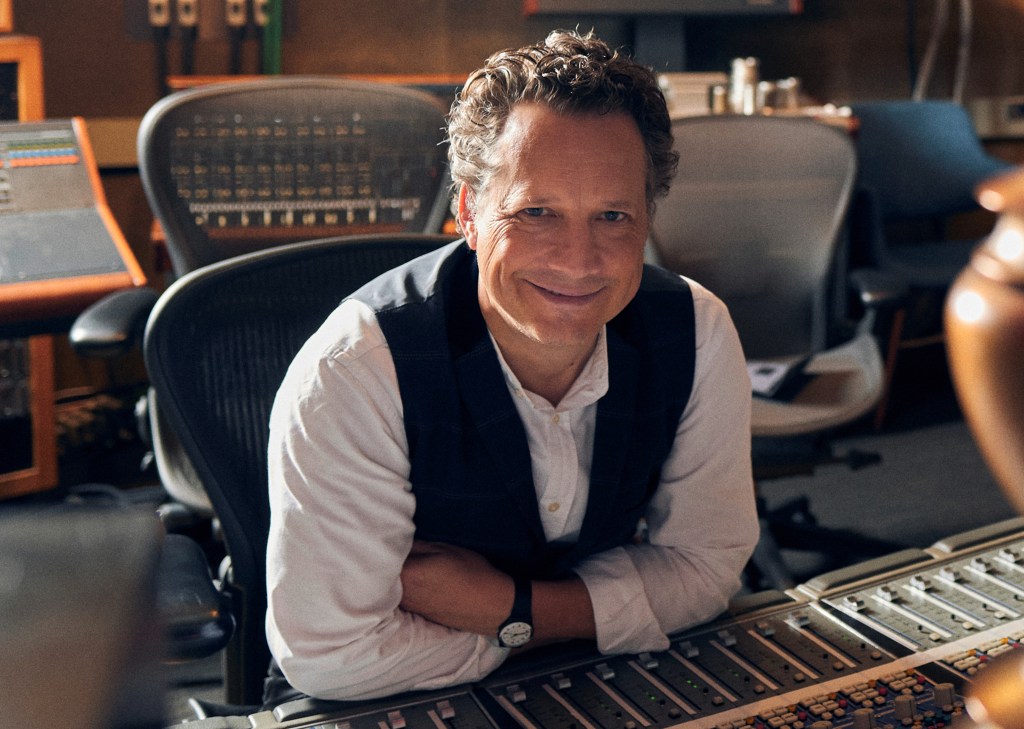
I’ve spoken to you a few times, connected to past Santa Barbara visits — close to the time you had moved to America, and Hollywood. Your musical world and résumé have exploded since then. How has your musical career evolved since moving to America from your native Germany? Has it grown beyond your expectations? I came to the U.S. in 1996 at 29 years old. I have had somewhat of a career in Germany as a film composer and orchestra arranger. But by the time I was 29, I felt that I had accomplished in Germany everything there is, and that I needed to move on to grow more as a composer and arranger. I came to Los Angeles without a specific goal, but just to work as a composer and arranger and see how far I can get.
I quickly did find work composing for television and movies in Hollywood, but it was not always smooth sailing; there were ups and downs, and stretches of no work as well. But I stayed persistent and kept writing music, and I would have never imagined that I would eventually work for artists as big as Barbra Streisand, Aretha Franklin, Paul McCartney, Stevie Wonder, and TV shows like the Oscars.
Other jazz musicians who landed in L.A. found ways of putting their flexible skills to productive use, including Oliver Nelson and, of course, Quincy Jones. Have you found a happy convergence of hats to wear in Los Angeles, in terms of moving beyond just jazz, into pop, film, and other areas? Although my musical background is jazz, I have never considered myself a jazz musician exclusively. I was always interested in working in other genres, and therefore film music was a great way to explore that, as well as arranging for a wide range of recording artists who are not all necessarily jazz artists. And in return, that experience has enriched and influenced my writing for my jazz projects.
Among your many tasks and associations has been arranging for the Oscars for the past five years (if my math is correct). Has that been a particular challenge and satisfaction? I have arranged for the Oscars seven times within the last 12 years, and since 2019, I have served as “lead arranger.” I love working on that show because I get to write music in so many different styles. And for the past five years as lead arranger, I have been able to put my personal stamp on the show by composing my own theme music for the show.
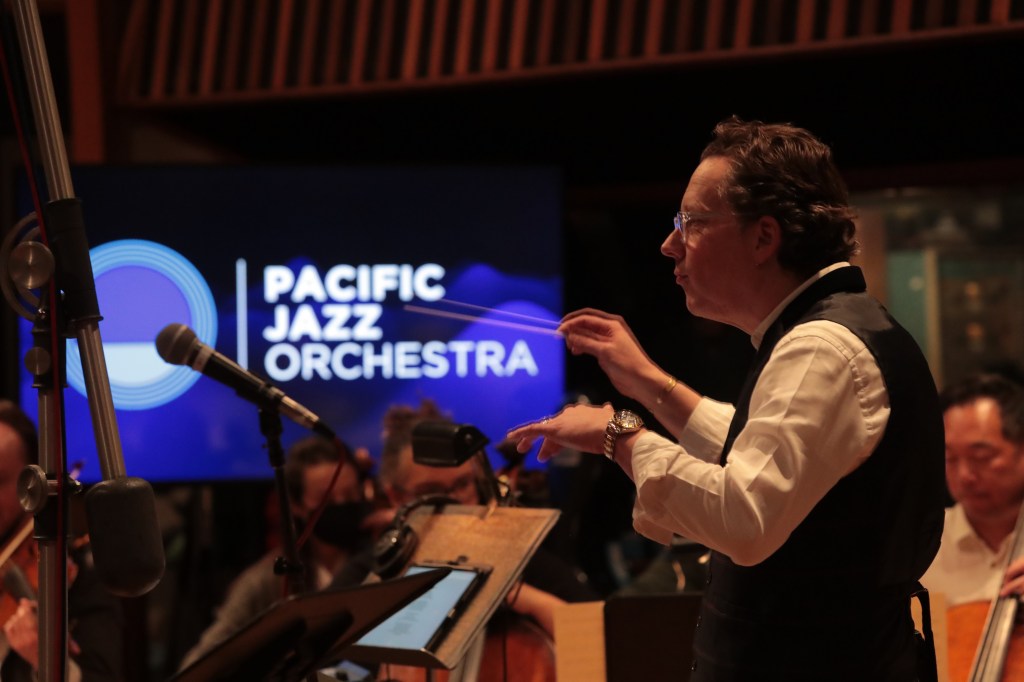
Were there particular high points of the recent Oscars — maybe the infamous/famous Ken dance, for instance? The “I’m Just Ken” number was definitely a highlight of this year’s show, but I’m also particularly proud of how the “In Memoriam” tribute with Andrea Bocelli turned out.
You launched the Pacific Jazz Orchestra just two years ago and have some ambitious plans for the project and ensemble. Can you tell me about the inception and goal of the project? After having written music for other people for more than 35 years, I wanted to fulfill my own musical vision. And two years ago, I decided the best way to do this would be with my own orchestra. The goal is to produce an annual concert season with about five concert projects spread out over a handful of venues in Los Angeles and to also bring these concerts to other nearby cities, like Santa Barbara.
In the not-so-distant future, we will also tour with this ensemble to the East Coast and other countries. We will also establish an educational component in the form of a summer camp/workshop for high school and college kids.
There are humbler big band operations there, and the Clayton-Hamilton band, but it seems more should be possible in a city so well-stocked with great musicians. Is your PJO project partly a way to fill a gap, in terms of a strong jazz-based large ensemble on the West Coast? Yes, there are some very good big bands here on the West Coast, but the Pacific Jazz Orchestra is different, as it also incorporates a string section. Therefore, I do think it fills a gap in the musical landscape of Los Angeles.
Despite the J-word, do you see the project expanding into other genres and musical areas — just as you have in your career? My goal with the Pacific Jazz Orchestra from the beginning was to go beyond the boundaries of jazz and to present concerts with guest artists that represent a wide variety of styles and genres and do crossover projects that combine jazz and other forms of music.
What will the program be at the Granada, or is that still evolving? The program at the Granada will feature four guest artists: Katharine McPhee, Billy Valentine, Sheléa, and Adam “Aejaye” Jackson. They will sing some jazz standards, pop/R&B, Broadway tunes, and songs from the Great American Songbook.
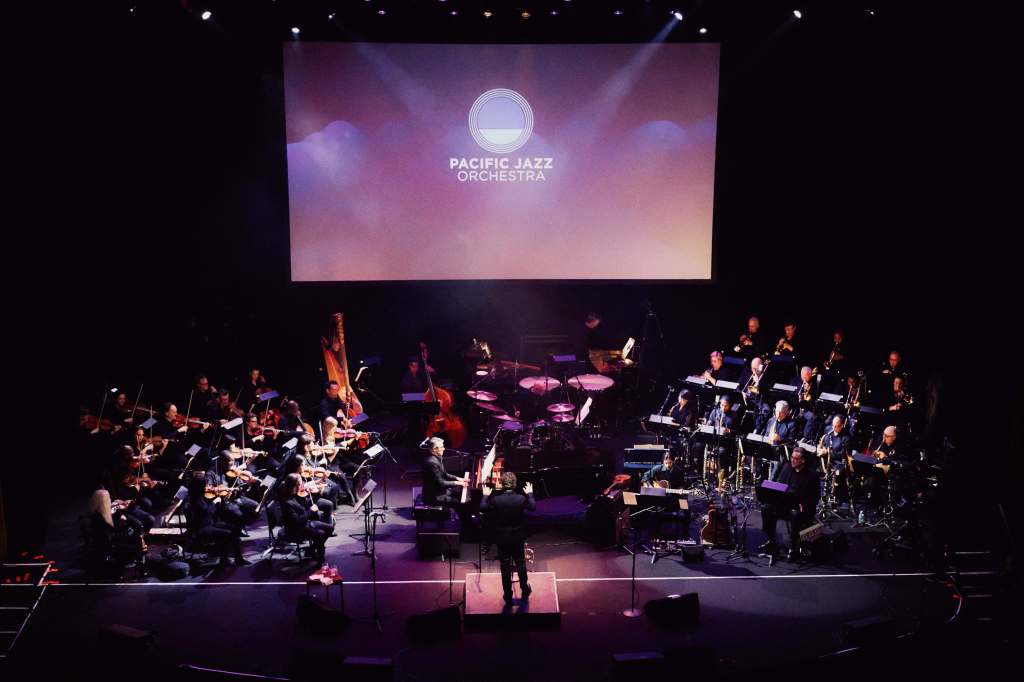
PJO will be appearing in the key concert event at The Granada Theatre’s milestone Centennial Weekend. Between the Granada’s 100th birthday and the Lobero Theatre’s recent 150th anniversary, coming from Europe, with its more vintage structures and musical institutions, do you have a strong feeling for the importance of deep and supportive cultural history — as the Granada represents? Yes, being from Europe, I do have a strong connection and appreciation for historic institutions and venues.
You also come from the land of government support for the arts, and a strong lineage of state-supported jazz big bands, such as the famed WDR band. Do you feel America needs to emulate such publicly nurtured art models to expand the public discourse about more serious musical forms such as jazz? In Los Angeles County, there is some support for arts and music, but not nearly enough to support orchestra institutions such as the PJO. Therefore, we rely greatly on donations and grants from private and corporate sources. Our inaugural season was mainly sponsored by the Herb Alpert Foundation.
What do you have on your plate now, or is that a complicated and multi-faceted question? For the next few months, I will be busy writing music for our last two PJO concerts of the season. After that, I have a few albums by other recording artists to write music for.
Does this feel like a richly creative and productive period in your musical adventure so far? Throughout my career, I have always looked for new challenges and inspirations to grow as a composer and arranger, and now with the Pacific Jazz Orchestra, this quest has only intensified.
The Granada Centennial Weekend Events take place April 12-14, with ticket prices ranging from $19.24-$21.24. See granadasb.org to purchase tickets for any of these events.
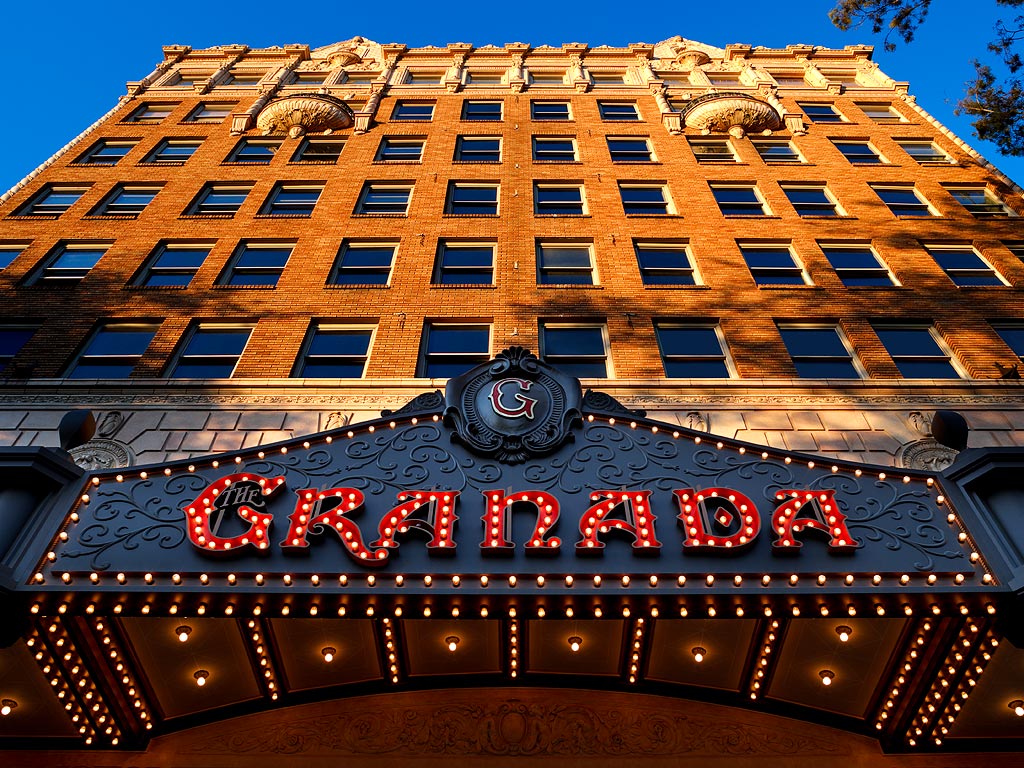

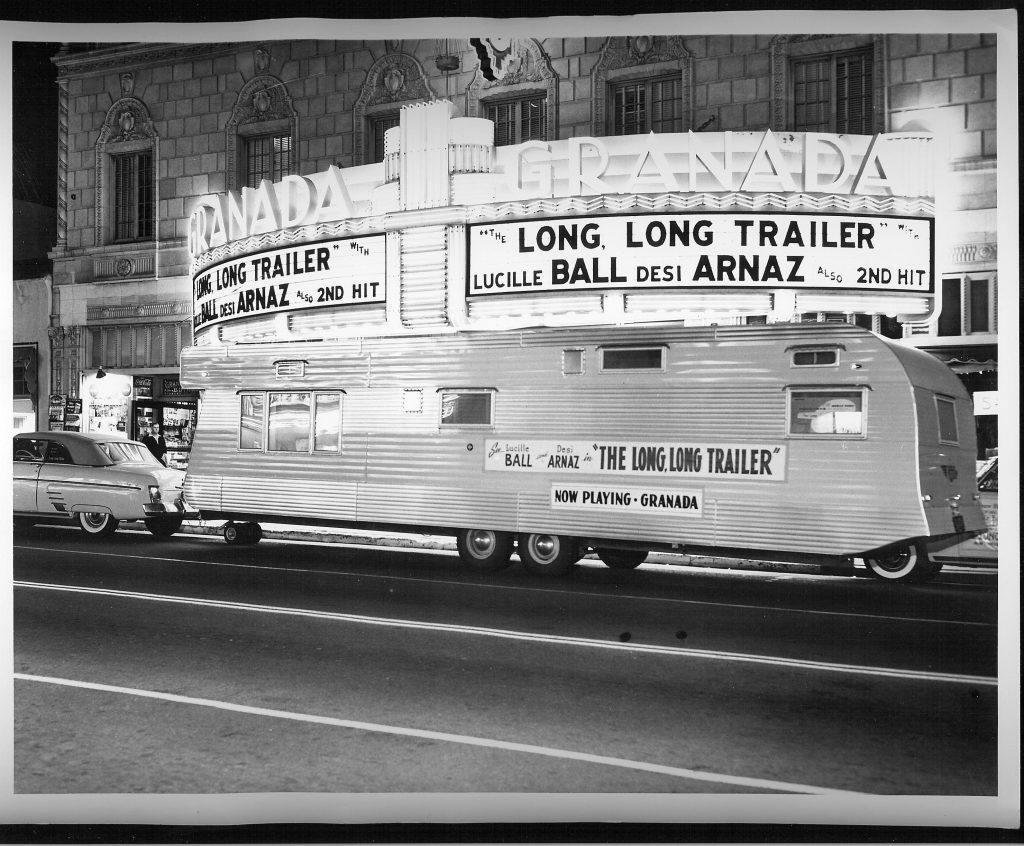
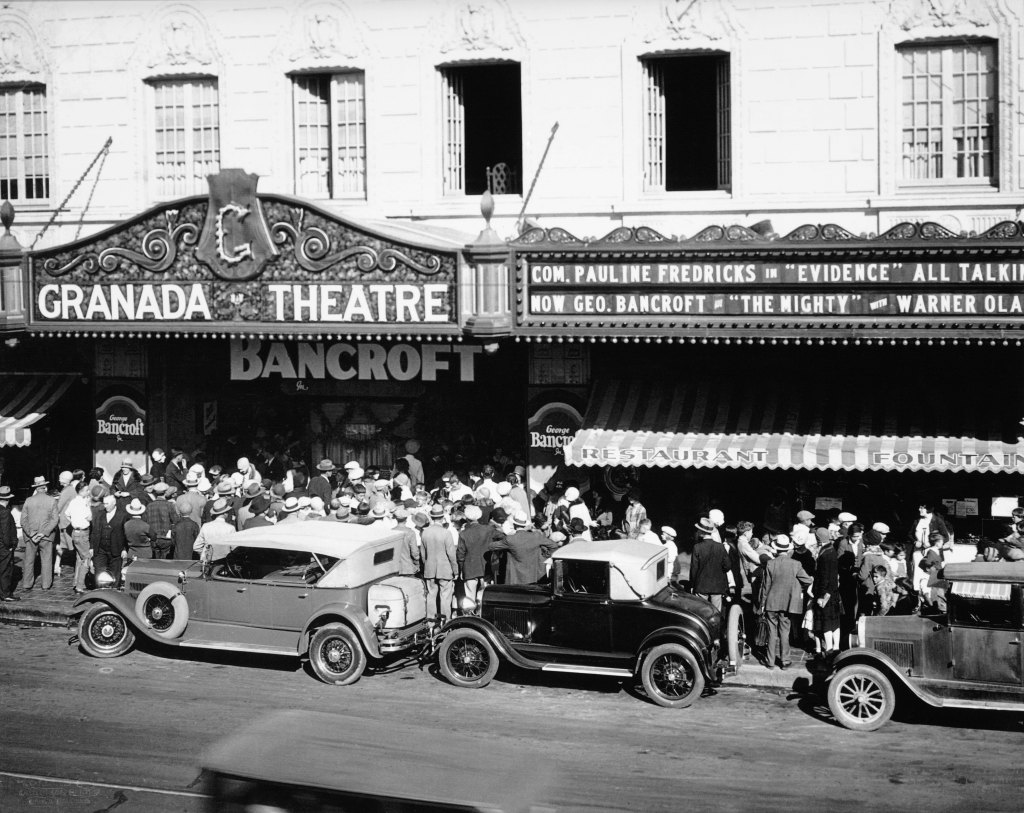
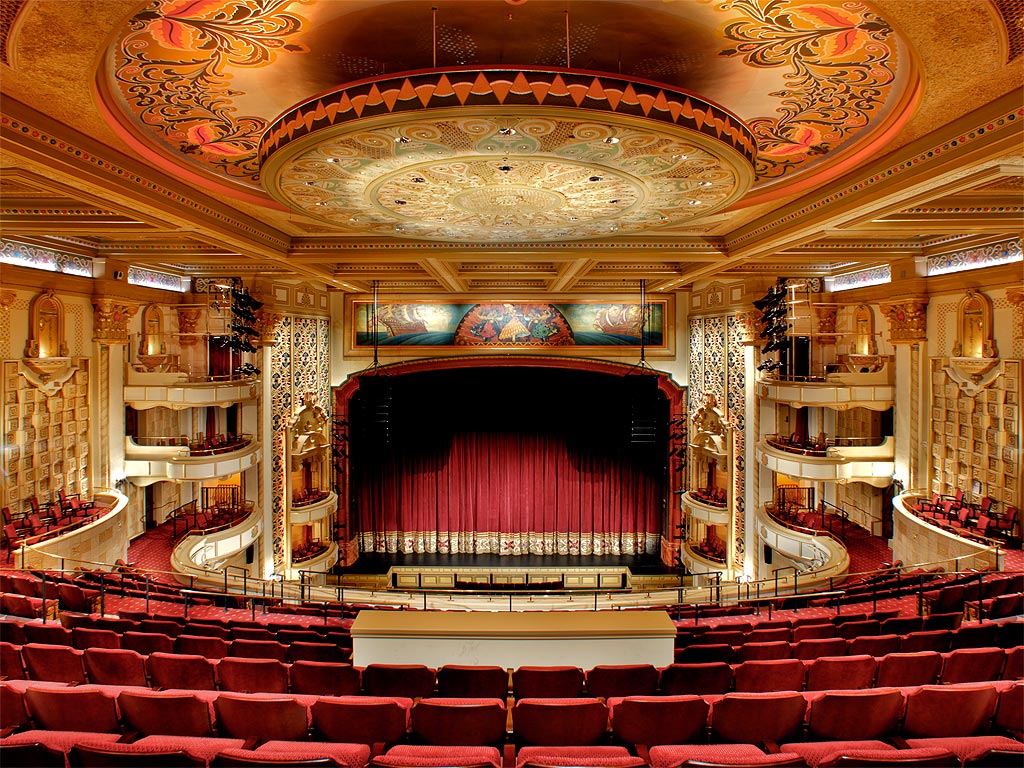
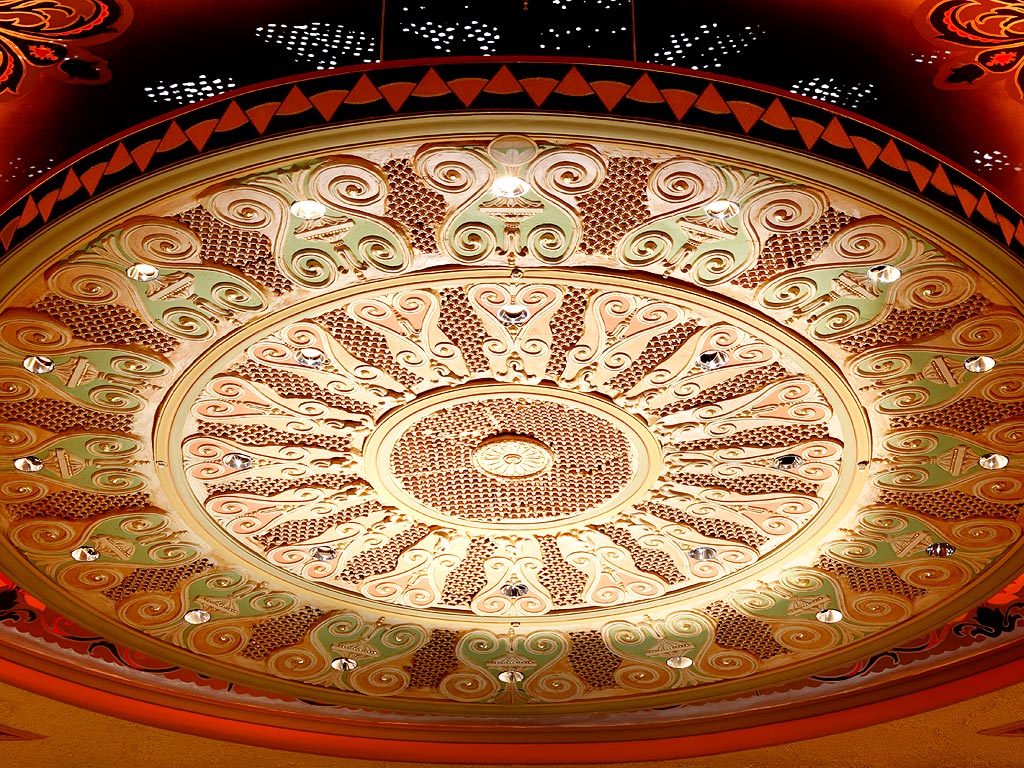
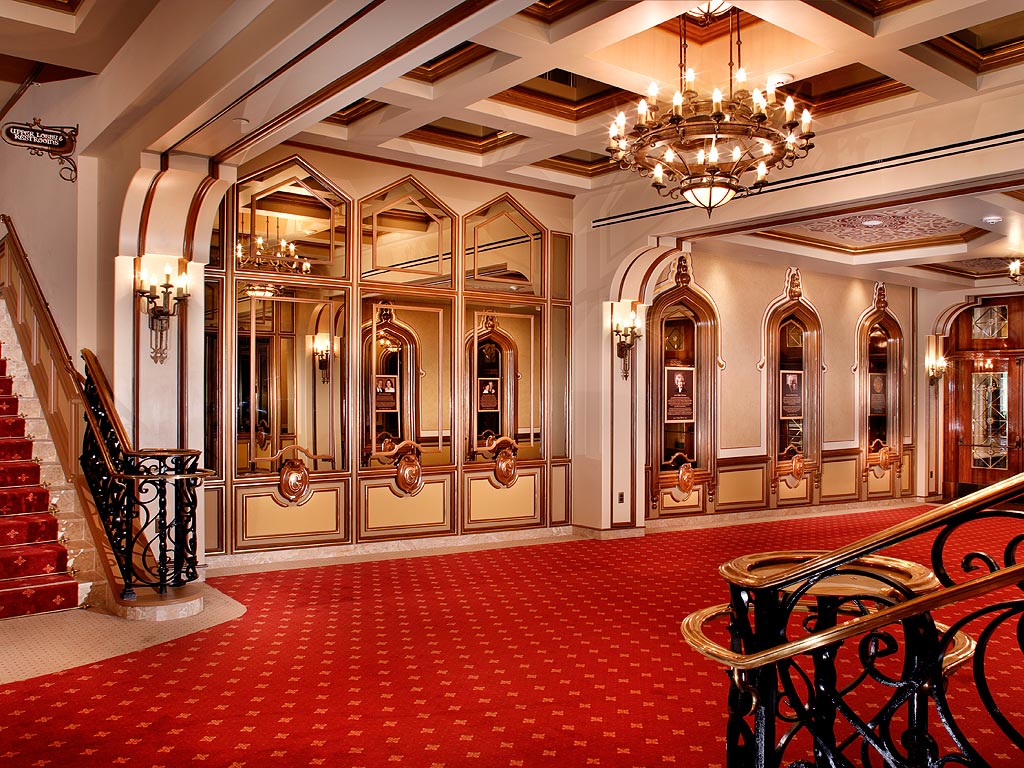
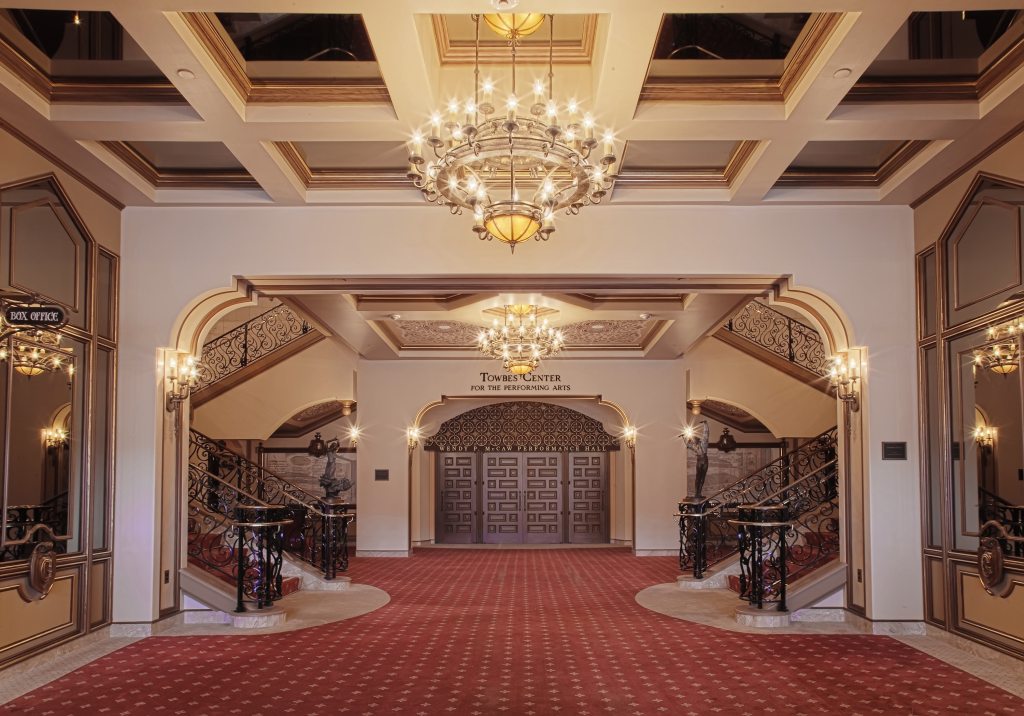
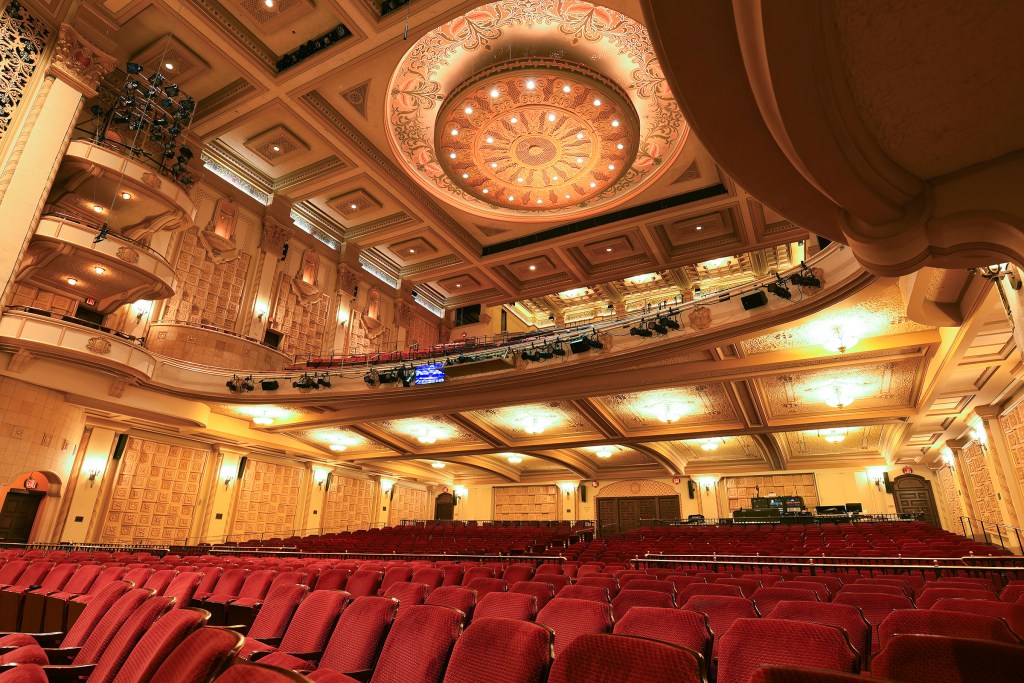
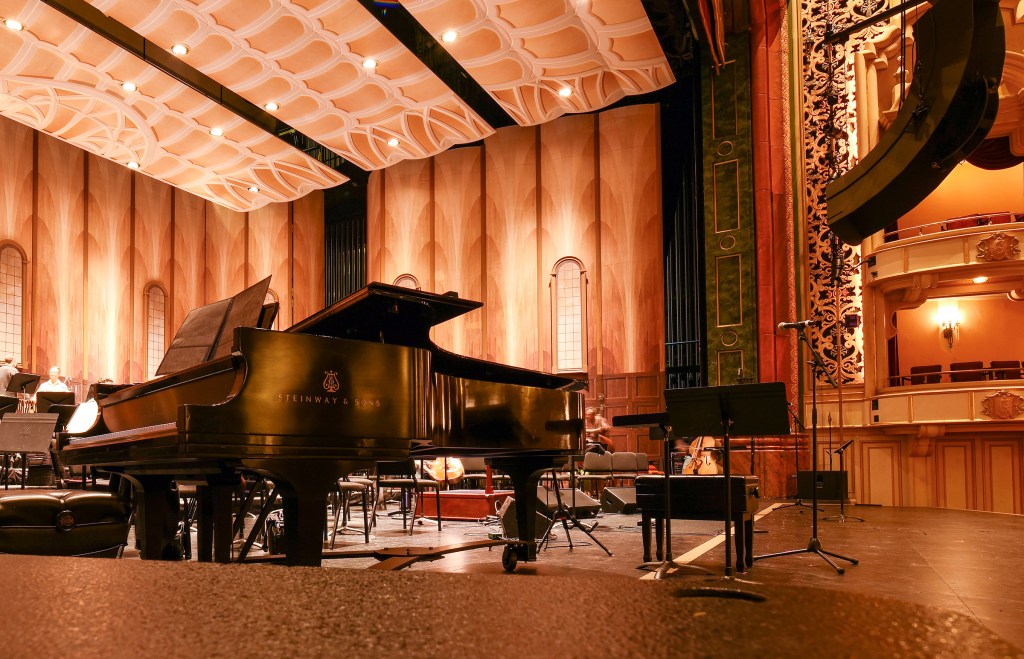



You must be logged in to post a comment.